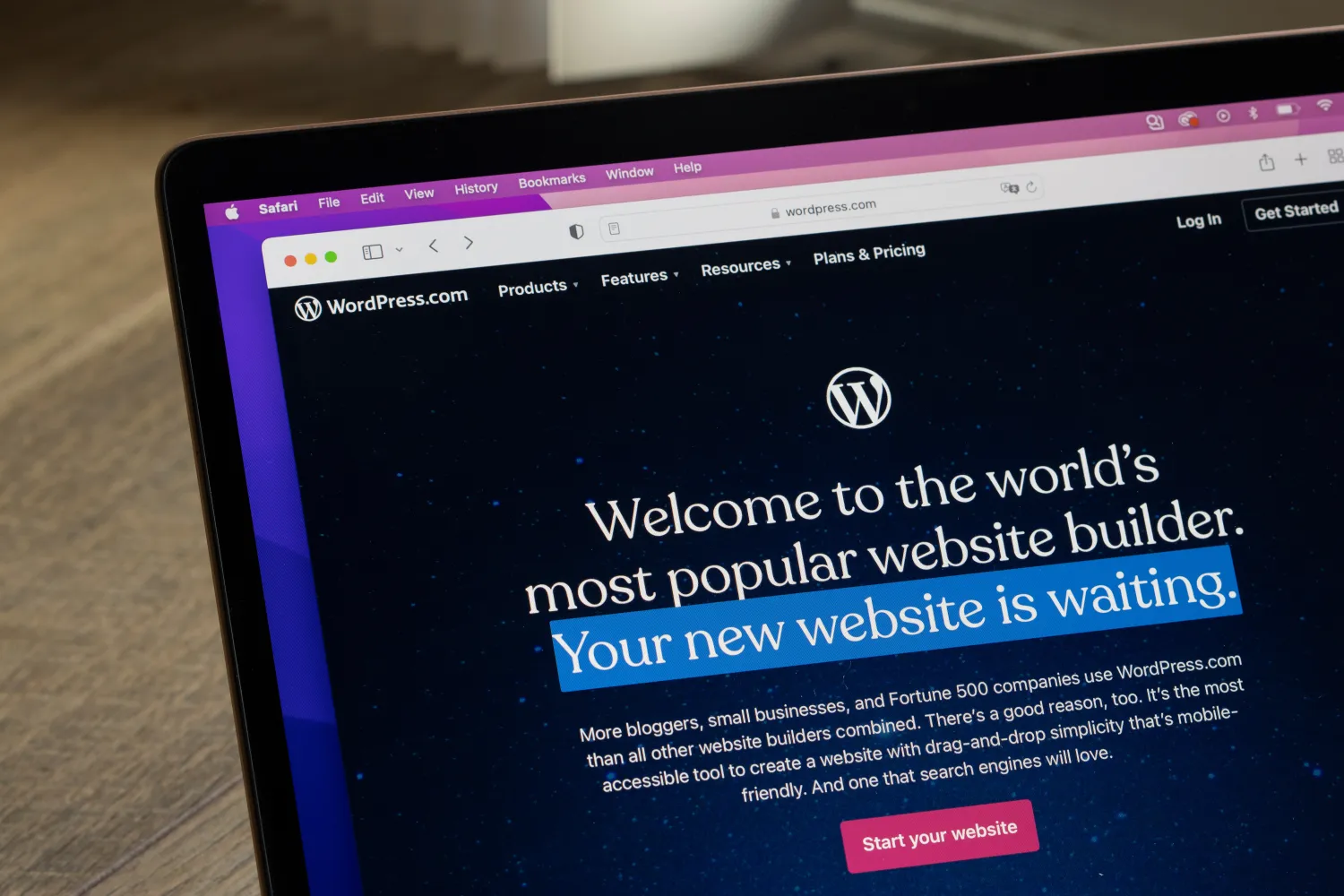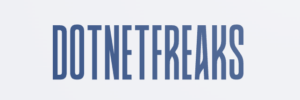WordPress theme marketplaces: a security challenge for web hosts

Today’s digital landscape is shaped by the proliferation of websites, and WordPress remains the favorite choice of many developers and site owners for its flexibility and ease of use. However, the security of WordPress sites is a major concern, especially when considering theme marketplaces. These platforms offer a plethora of attractive and functional themes, but they can also present website security risks, which directly impact web hosts. So let’s explore the crucial link between WordPress theme marketplaces and web host security.
WordPress theme marketplaces
A security challenge for web hosts
WordPress theme marketplaces offer a variety of choices for website owners, but they can also pose security challenges for web hosts. Let’s explore this complex link between the two in more detail.
WordPress theme vulnerabilities:
WordPress themes available on marketplaces are often created by third-party developers, which means they may contain security vulnerabilities. These vulnerabilities can be exploited by hackers to gain access to hosted websites, compromising the security of user data.
Impact on web host performance:
Insecure WordPress themes can have a negative impact on web host performance. Successful attacks on hosted sites can lead to server overload, excessive bandwidth consumption and other technical problems that affect the quality of service offered by web hosts. That’s why it’s best to subscribe to a secure web hosting provider.
Threat and attack management:
Web hosts are often responsible for detecting and countering threats and attacks against WordPress sites. When hosted sites become targets due to vulnerable themes, hosting providers must devote more resources to securing and restoring these sites, which can lead to additional costs and reduced profitability.
Importance of theme selection and monitoring:
To prevent security risks for web hosts, it’s essential to carefully select WordPress themes from marketplaces. Web hosts must also actively monitor the themes used by their customers, and take proactive measures to correct security flaws and reinforce the protection of hosted websites.


Impact on web host performance
The consequences of a poorly secured WordPress theme go far beyond the vulnerability of the website itself. Indeed, these themes can have a significant impact on the performance of web hosts, leading to a cascade of technical and operational problems.
Firstly, successful attacks against hosted sites pose a serious threat to server stability. When a site is compromised due to a vulnerable theme, it can become a source of malicious traffic or be used to propagate malware. These illicit activities can overload servers, causing slowdowns or even service interruptions for other sites hosted on the same infrastructure.
In addition, successful attacks against a website can lead to excessive bandwidth consumption. Hackers may exploit vulnerabilities to execute malicious scripts or download large files, generating unusually high network traffic. This sudden increase in bandwidth usage can not only slow down the performance of hosted sites, but can also lead to additional costs for the host if it is billed according to bandwidth consumption.
What’s more, the technical problems caused by attacks can put a strain on the host’s resources. Technical support teams must be mobilized to detect and mitigate attacks, which can lead to additional workloads and delays in resolving other problems for the host’s customers. Similarly, the maintenance and restoration operations required to restore a compromised site can monopolize the host’s resources, affecting its ability to provide a reliable, high-quality service to all its customers.
In short, poorly secured WordPress themes represent a threat not only to the security of individual websites, but also to the overall stability and performance of web hosts. By investing in security, such as web hosting by Koddos, and adopting rigorous theme selection and monitoring practices, web hosts can mitigate these risks and ensure a safe and smooth online experience for their customers.


Threat and attack management
Threat and attack management is a crucial aspect of web hosts’ responsibility to protect their infrastructures and customers from cyber threats. When hosted WordPress sites become targets due to vulnerable themes, web hosts find themselves in a constant race against time to detect, counter and neutralize these attacks.
First and foremost, early detection of threats is essential to limit the potential damage caused by ongoing or imminent attacks. Hosting providers need to put in place advanced monitoring systems to detect suspicious activity, such as intrusion attempts, malicious code injections or unusual traffic spikes. This proactive monitoring enables hosting providers to react quickly to emerging threats, minimizing disruption to hosted sites and their users.
Secondly, once a threat has been detected, hosters need to implement appropriate response measures to counter the attack and protect affected websites. This may involve implementing firewalls, intrusion detection systems and other security solutions to block attacks in progress and prevent attackers from accessing sensitive data or causing further damage.
Alongside the immediate management of attacks, hosting providers must also devote resources to restoring compromised sites. This can include repairing corrupted files, removing malicious code and implementing additional security measures to prevent future attacks. This laborious task often requires manual intervention and meticulous monitoring to ensure that sites are fully secure and functioning optimally.
Unfortunately, managing threats and attacks can be a costly task for web hosts. In addition to the costs involved in setting up and maintaining security infrastructures, successful attacks can result in lost revenue and complaints from unhappy customers. What’s more, web hosts may have to devote additional resources to communicating with affected customers, managing reputations and repairing damage to their brand image.
Ultimately, effectively managing threats and attacks against WordPress sites is a constant challenge for web hosting providers. By investing in advanced security technologies, adopting rigorous monitoring practices and providing responsive support to affected customers, hosting providers can mitigate risk and ensure their customers are protected in an increasingly hostile and complex online environment.


Importance of theme selection and monitoring
The importance of WordPress theme selection and monitoring cannot be overstated when it comes to ensuring the security and reliability of hosted websites. A proactive approach to theme selection and security management is crucial to preventing potential risks and maintaining customer confidence in the services offered by web hosting providers.
First and foremost, the careful selection of WordPress themes from marketplaces is a fundamental step in protecting websites. Web hosts must choose themes from reputable and reliable sources, check their security history and ensure that they are regularly updated by developers to correct emerging vulnerabilities. By opting for well-established and actively maintained themes, hosting providers can significantly reduce the risk of theme-related security incidents.
In addition, proactive monitoring of the themes used by customers is essential for the early detection of potential vulnerabilities and threats. Hosting providers need to set up automated monitoring systems to continuously analyze the themes installed on hosted websites, looking for signs of suspicious activity or security flaws, and alerting immediately if problems are detected. This proactive approach enables hosting providers to act quickly to correct security flaws before they are exploited by malicious attackers.
In addition, hosting providers must also take proactive measures to reinforce the security of the themes used by their customers. This can include providing security advice and best practices to customers, encouraging them to install security updates as soon as they become available, and offering regular security scanning services to identify and correct potential vulnerabilities. By working closely with their customers to improve the security of their websites, hosting providers can build a strong partnership based on trust and commitment to the protection of online data and infrastructure.
In conclusion, WordPress theme selection and monitoring play an essential role in protecting web hosts and their customers from online threats and attacks. By taking a proactive approach to theme selection, vulnerability detection and the implementation of effective security measures, web hosts can guarantee a secure and reliable online experience for all their users, strengthening their reputation and positioning in the competitive web hosting market.



